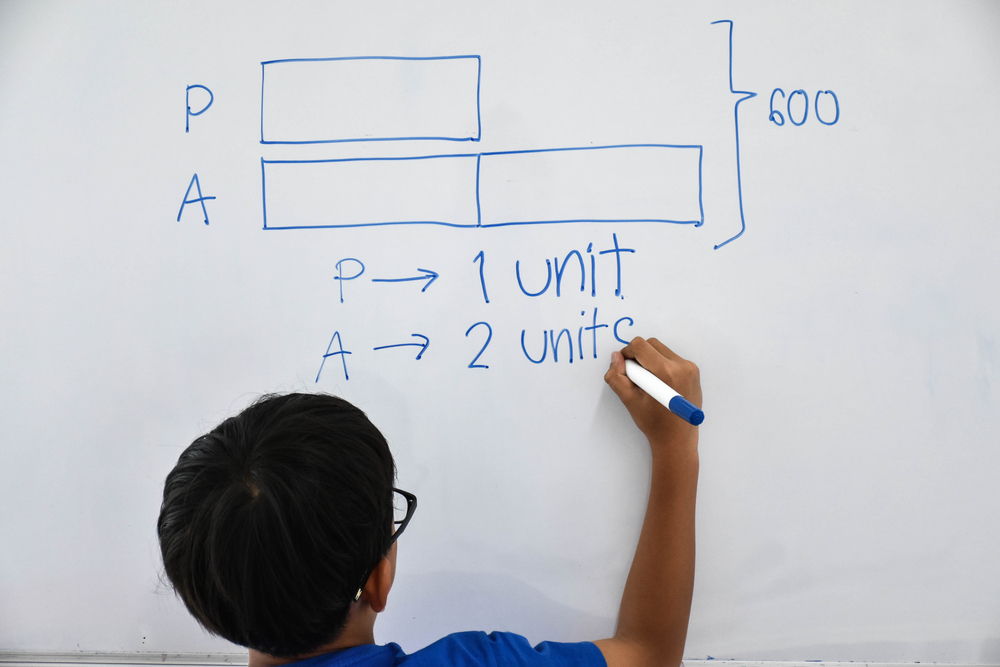Sequencing Skills Reading Comprehension Worksheets for Ages 7-8
5 filtered results
-
From - To
Enhance your child's reading journey with our Sequencing Skills Reading Comprehension Worksheets for Ages 7-8. These engaging worksheets are designed to help young learners master the art of sequencing, a crucial reading comprehension skill. Each worksheet offers relatable stories and activities that foster critical thinking and logical progression understanding. Perfect for classroom or at-home learning, these exercises ensure your child can effortlessly identify and order events, paving the way for better comprehension and storytelling abilities. Cultivate a love for reading and boost academic success with these expertly crafted resources tailored for early learners.
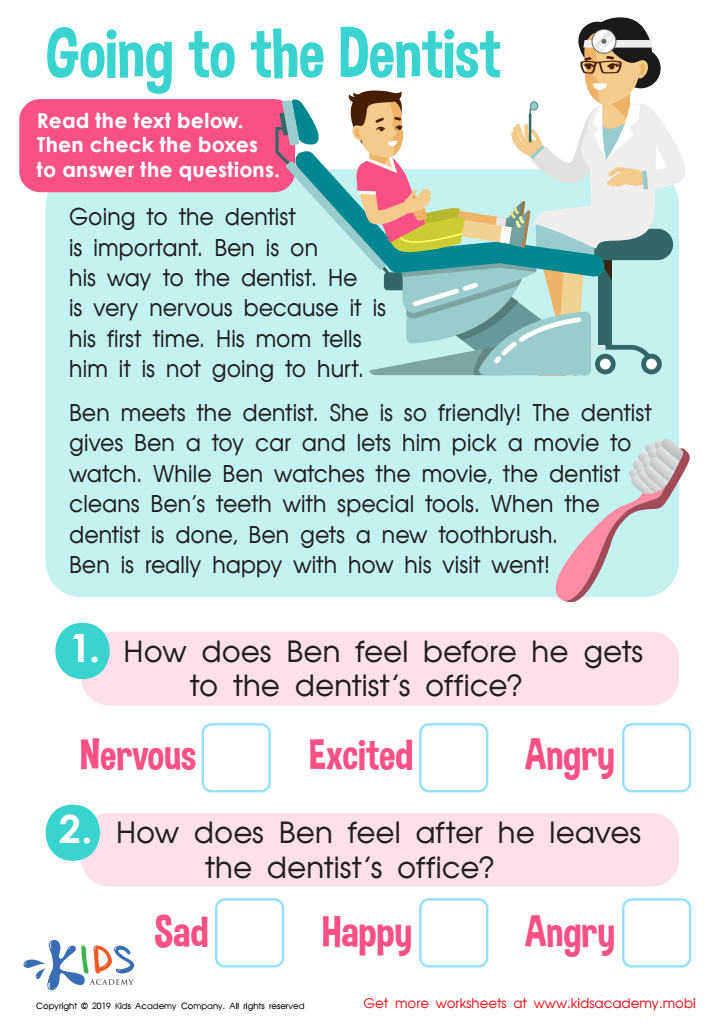

Going to the Dentist Worksheet
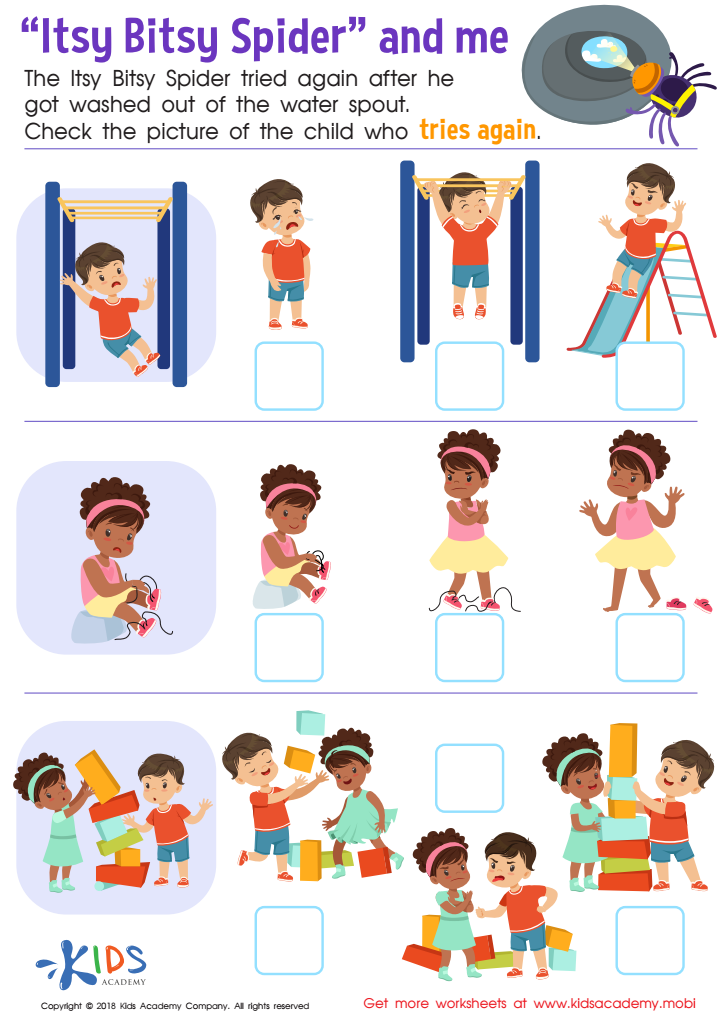

Itsy Bitsy Spider and Me Worksheet


Story Sequencing Printable
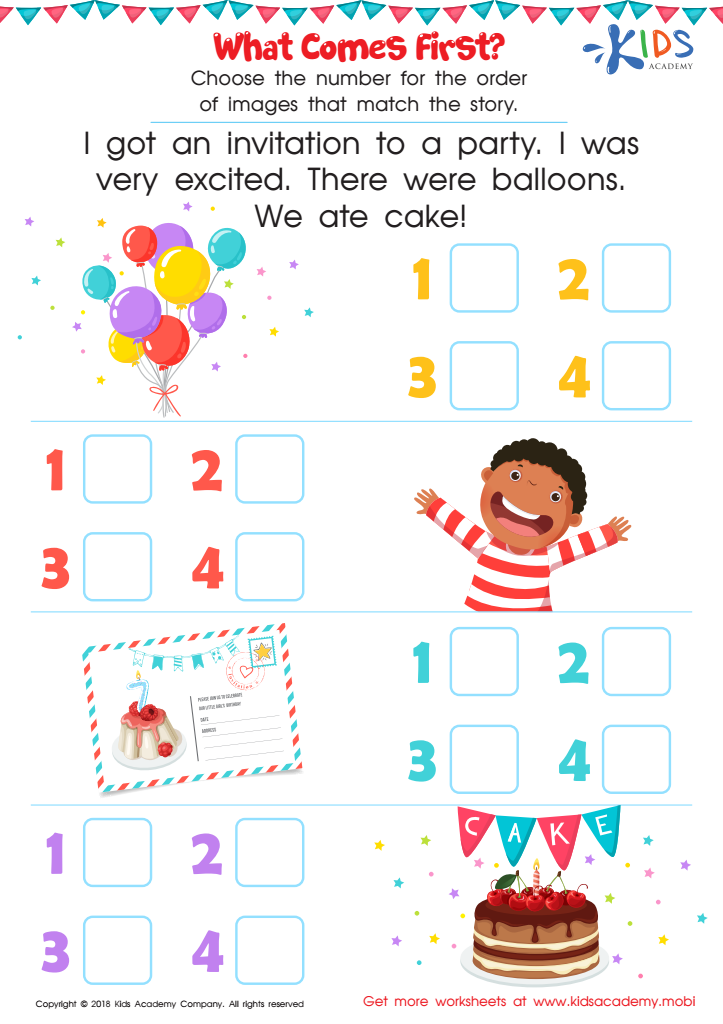

What Comes First Worksheet
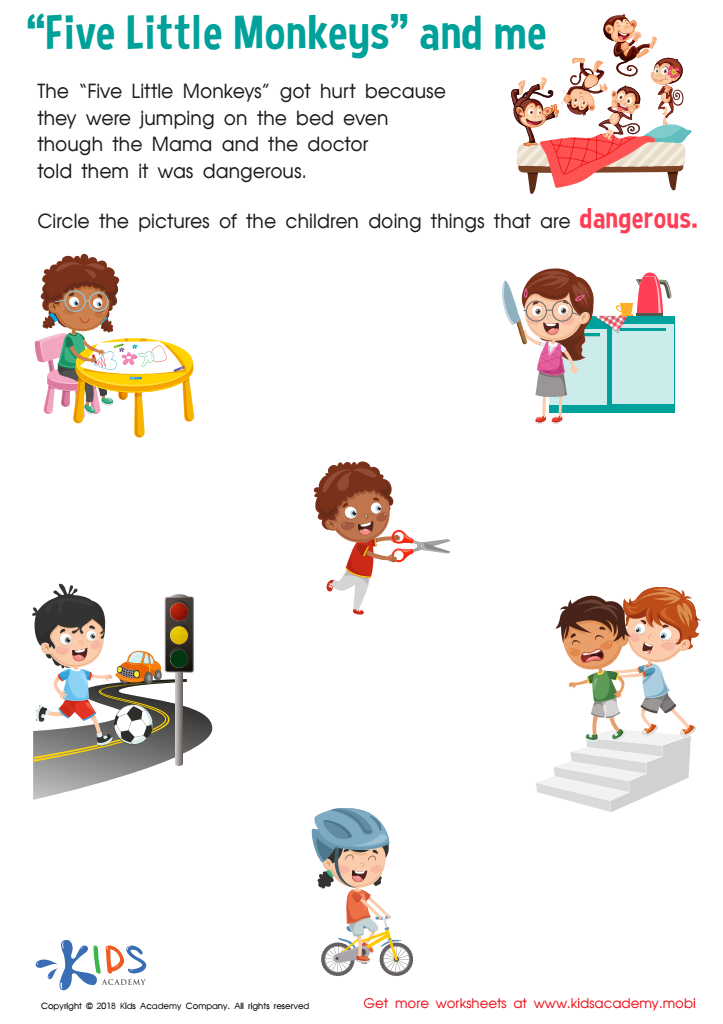

Five Little Monkeys and Me Worksheet
Sequencing skills are crucial for the reading comprehension development of children ages 7-8. At this stage, youngsters are transitioning from learning to read to reading to learn. This means they are beginning to process more complex texts and ideas. Sequencing skills enable children to understand and organize the order of events in a story, which is fundamental to grasping what they read.
When children can identify the beginning, middle, and end of a story, they are better able to anticipate outcomes, infer meanings, and relate cause and effect. This not only improves their reading comprehension but also enhances their critical thinking and problem-solving abilities. A well-developed ability to sequence helps children recall details, make sense of narratives, and place events in proper context, allowing for a deeper understanding and retention of material.
Parents and teachers who emphasize sequencing skills support children's academic growth by fostering these essential cognitive abilities. Engaging children in activities like story mapping, chronological re-telling, and discussing the order of events helps them internalize structure and improve overall literacy skills. Investing time in these practices ensures that children build a strong foundation for future reading challenges and enjoy a more enriching educational experience.
 Assign to My Students
Assign to My Students









